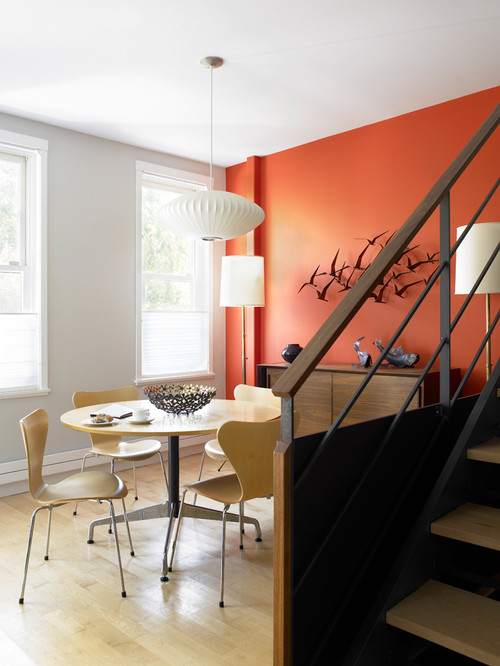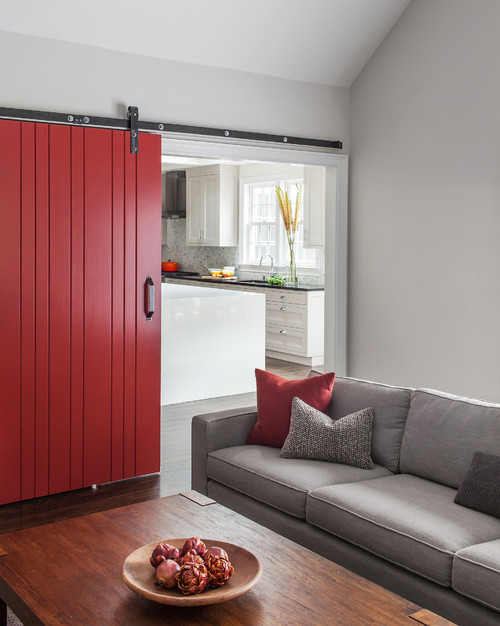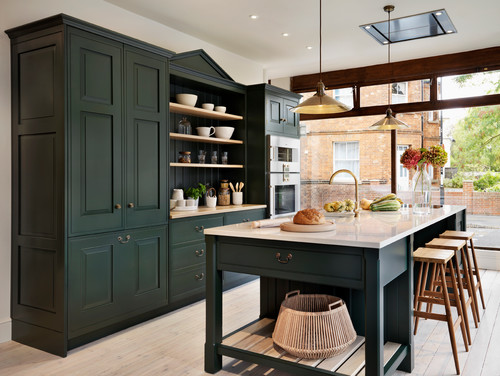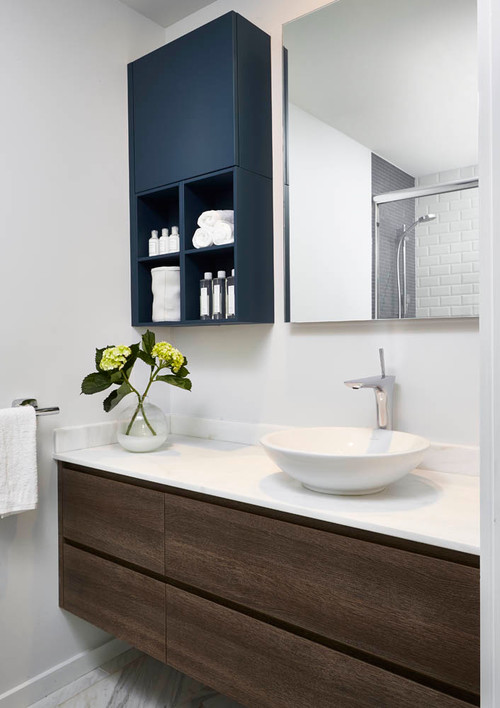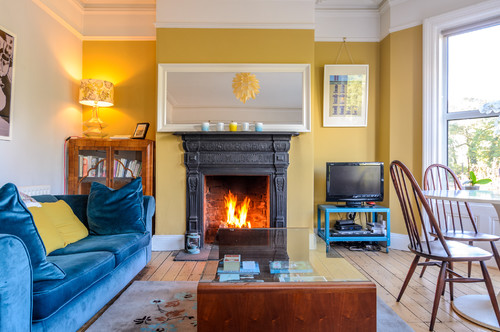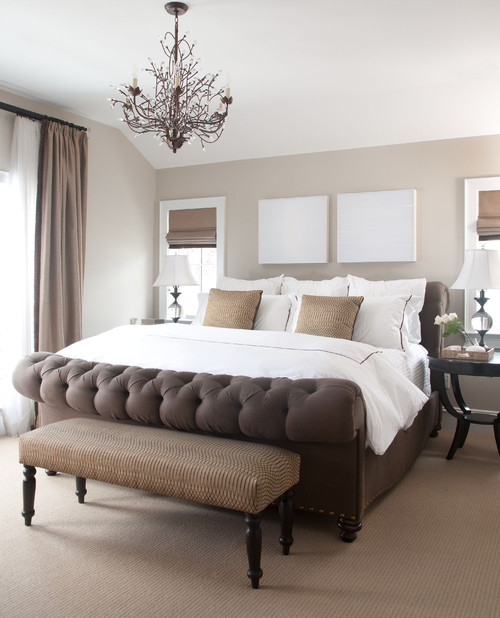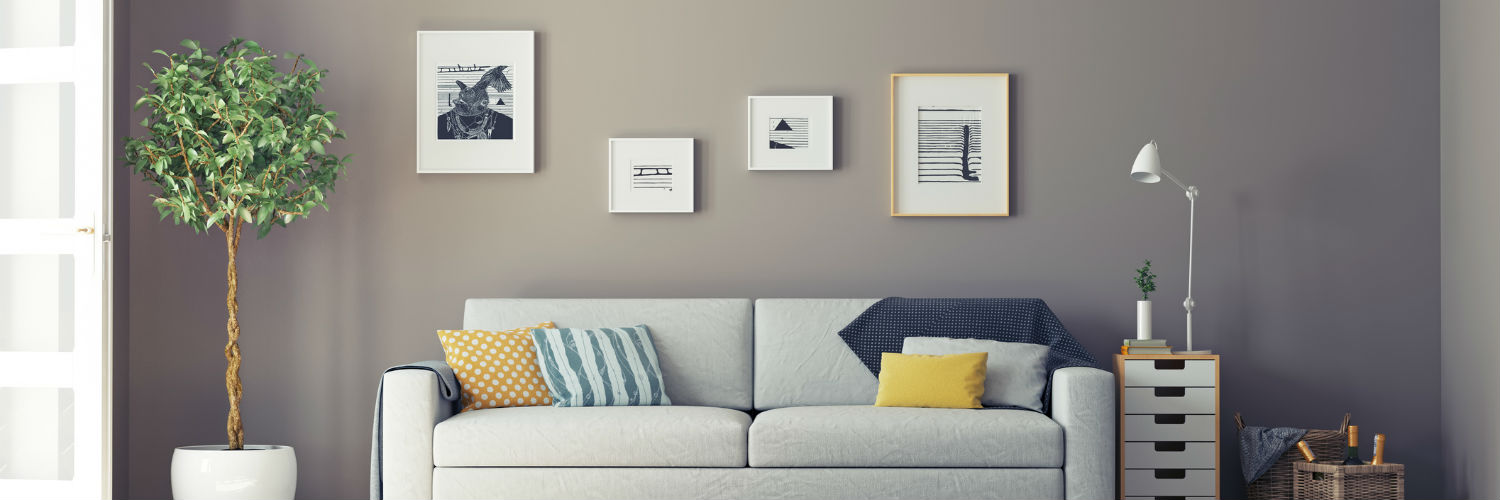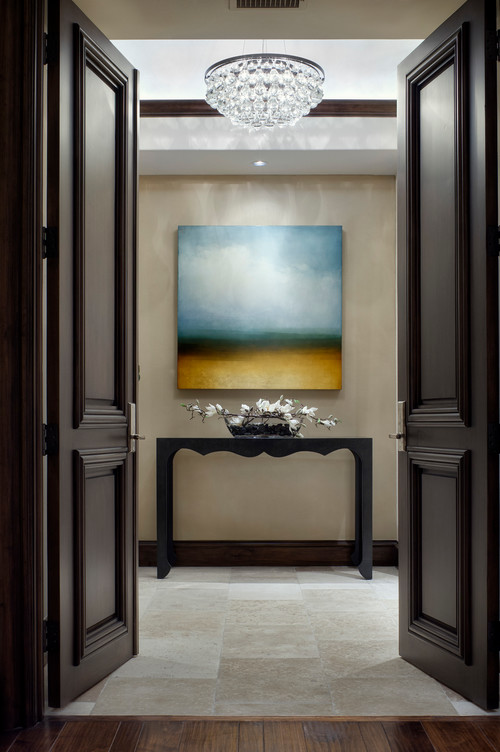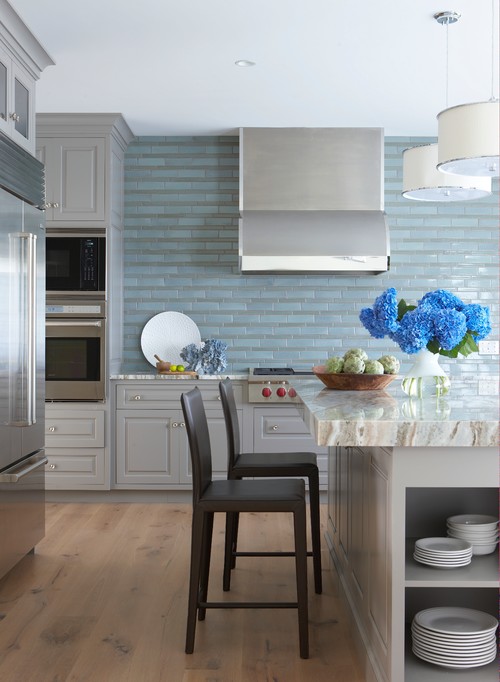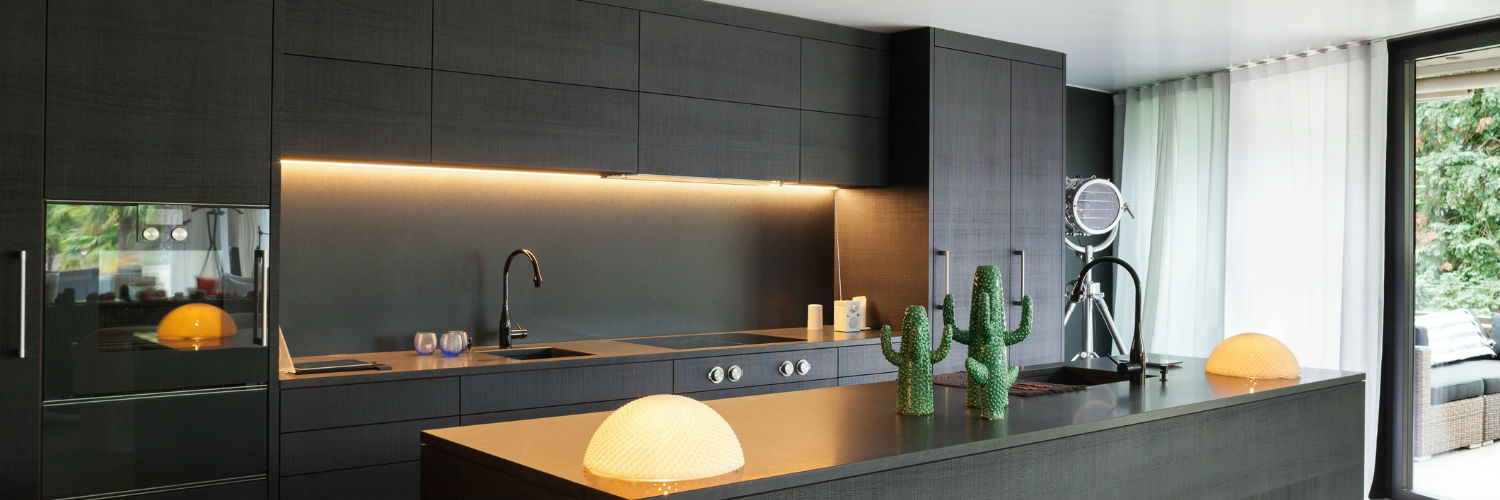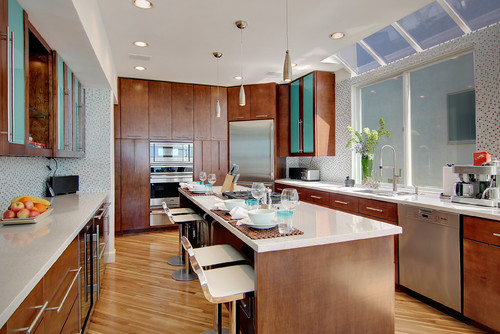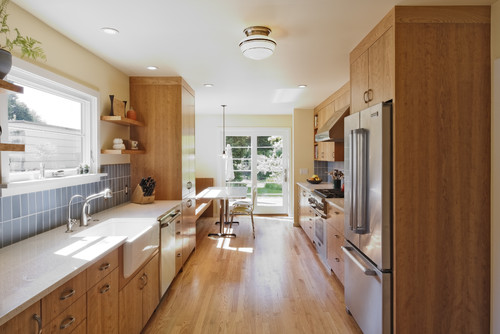Moving with a Baby: The Complete Guide for Parents


We have organized the guide into three sections: Before the Move, Moving In and Baby Proofing.
By NorthStar Moving Co-Founder Laura McHolm
On the move with a little mover in tow? Every parent knows having a baby at home is an adventure. Take that everyday baby voyage and mix in moving your home, now your adventure is more like a hike up Mt. Everest! Here’s the good news, if you plan ahead and take simple steps that trek will become a walk in the park (well maybe not, but a manageable stroll up hill.) Before you pack up and gear up for the baby + move exploration, check out this complete guide for parents moving with a baby to ease the stress and enjoy the transition.
We have organized the guide into three sections: Before the Move, Moving In and Baby Proofing. You can think of it like pregnancy, nesting and then labor!
Before the Move
Stick to Routine: Baby’s love and need their routine. Don’t let the moving to-do list and packing get in the way of your regular daily routine. Instead of pulling an all-nighter to pack, try to pack over a long period of time. Use naptime and baby’s early bedtime to get packing done in bits. Baby & parents need their sleep!
Create a Moving Calendar: To keep your head from spinning, it is best to plan your move 8 weeks out. Here is a Moving Day Count Down Calendar to copy, print and hang it up where you can easily refer to it while feeding the little one. This way you can take it day-by-day and get the satisfaction of checking off moving to-dos!
Use Childcare: During the actual moving day, when boxes and furniture are being moved, little ones should be somewhere else. Ask a trusted babysitter, friend or family member to take your bundle of joy for the day. It is also ideal to use childcare for days leading up to your move so that you can get more done on your moving calendar. There are great nanny and babysitting services that help you find qualified childcare.
Talk To Your Current Pediatrician: Your pediatrician is a great resource. If you are traveling long distance, ask them for tips for keeping your baby happy on a plane or long car ride. If you need to find a new pediatrician, make sure you get a copy of all of your child’s medical records to give to your new pediatrician. Get copies of all your child’s prescriptions and have them called into a pharmacy near your new home. Ask your current pediatrician for recommendations on how to find a new pediatrician close to your new home. When finding a new doc, it is recommended to set up a meet and greet appointment as soon as you move.
Pack a Baby Bag: You know the daily drill; pack half the nursery to carry with you wherever you go. Well, this time the baby bag (box or small suitcase) should include all of your needs for three days (if you’re moving a long distance, you may want at least one month of supplies with you rather than on the moving truck). Once you move into your new place, you may not have easy access to diapers, baby food, pacifiers and the important squeaky toy. So be sure to pack everything you need for three days (or more) in one place that you keep by your side for easy access on moving day and the first few days after.
Moving In
Unpack the Nursery First: When moving in you should set up the nursery first. This will allow you to change your baby and easily put them to sleep on the first night in your new home. Arrange the nursery as closely as possible to your previous nursery. The familiarity will help you and your baby in the transition.
Setting Up The Crib: All new cribs on the market today meet the safety standards of the Consumer Product Safety Commission (CPSC) and the Juvenile Products Manufacturers Association (JPMA). When setting up a new crib or reassembling your crib look for the following suffocation and strangulation hazards:
- Sharp or jagged edges
- Missing, broken or loose parts
- Loose hardware
- Cut out designs in the headboard or footboard
- Crib slats more than 2 3/8 inches apart (width of a soda can)
- Corner post extension over 1/16 of an inch high
- Gaps larger than 2 fingers width between the sides of the crib and the mattress
- Drop side latches that could be easily released by your baby
Use Safe Bedding: Soft bedding can suffocate a baby, blocking the baby’s airway during sleep. Babies can suffocate when their faces become wedged against or buried in a mattress, pillow or other soft object. Use a safe crib with a firm, tight-fitting mattress covered with a crib sheet and nothing else in it. To keep your baby warm, use a sleep sack (wearable blanket).
Baby Proofing the New Home
I turned to the uber knowledgeable folks at Safe Kids Worldwide for a Baby Safety Checklist:
Crawl Through Your Home: The first step to a safe home, say the experts at Safe Kids, is to look at the world through your baby’s eyes. See what looks interesting and what can be reached. And I mean it literally – get down on your hands and knees in your new home and check for small things your baby can choke on. You will be amazed at what you discover! If you question if an item is a choking hazard, take an empty toilet paper roll and put the small object in it. If it fits completely into the roll, don’t let children under 3 play with it.
Test Alarms: Have working smoke alarms and carbon monoxide detectors inside all bedrooms, outside all sleeping areas and on every level of your new home. Test alarms monthly and change batteries once a year.
Install Gates: Install stair gates at the top and bottom of stairs. Stair gates at the top must be attached to the wall with hardware.
Secure Furniture: Secure furniture to the wall to avoid tip overs.
Check Windows: When decorating your new place, be sure to use cordless window coverings.
Mindful Unpacking: When unpacking, be sure to lock up medicines, vitamins, cleaning products, pet food, alcohol, poisonous plants, and chemicals (like paint, gasoline, etc.) and store them high out of your baby’s reach.
Your baby’s arrival was certainly the most blissful and incredible life change. Now you get to start the next chapter together in your new home. A home that is safe for your little one to play, grow and explore!
Laura McHolm is an organizational, moving & storage expert and co-founder of NorthStar Moving Company. NorthStar Moving Company is an award winning, “A+” rated company, which specializes in providing eco-luxury moving and storage services. www.northstarmoving.com
7 Things to Do Before Moving into Your New Home


The keys are yours, now what?
Congratulations! You’re a new homeowner. While you may not be able to wait to move in, there are a few things you should consider tackling before hanging those family photos on the walls.

1. Change the locks – For peace of mind, it’s a good idea to change out the locks on your exterior doors to ensure that anyone the previous owners may have given a key to can no longer access the property. According to Home Advisor, the average homeowner spends between $100-$300 hiring a locksmith.
2. Paint – Don’t love the lemon yellow the previous homeowners chose for the master bedroom? Painting your new home will be infinitely easier if you can do so before moving furniture into the space. Head to your local paint store to pick up a few samples to test before committing. Take your time and be sure to view the color swatches in different lights before committing. There are also handy online visualization tool like the Benjamin Moore Personal Color Viewer.

3. Take care of your floors – Like with painting, treating and refinishing floors is much easier without furniture in the way. Costs for this project will vary depending on the size of the job, but you can estimate roughly $200 for supplies and equipment. Check out this useful guide to refinishing wood floors from This Old House before heading to the hardware store.

4. Make any necessary repairs – Does the bathtub need to be re-caulked or the tile re-grouted? Do the floor boards creak? Make a list of priority repairs and tackle them one by one. You’ll be happy you did a few months from now when other projects crop up on the honey do list.
5. Clean from top to bottom – The only thing better than a new home is a clean new home. Now is the best time to give every nook and cranny of your home a deep clean. Scrub the inside of appliances like the refrigerator, oven, dishwasher and microwave. Wipe down walls and baseboards with a damp cloth. Looking for clever ways to banish grease and grime? Check out our Home Tip of the Day video series.

6. Set up your utilities – Call your electric, gas, cable and water utility providers to make sure service is transferred to you after closing. You’ll also want to research when trash and recycling pick-up are scheduled for your zone.
7. Change your Address – While you may want those mortgage bills to be sent elsewhere, it’s important to file a change of address with the US Postal Service to ensure that all mail is forwarded to your new address following your move. Also be sure to alert friends and family of your new address. They’ll need to know where to send that housewarming gift!
Now, the only thing left to do is celebrate! Looking for great housewarming party ideas? Try one of these backyard flings!
Privacy-Minded Home Security Options for the Camera Averse
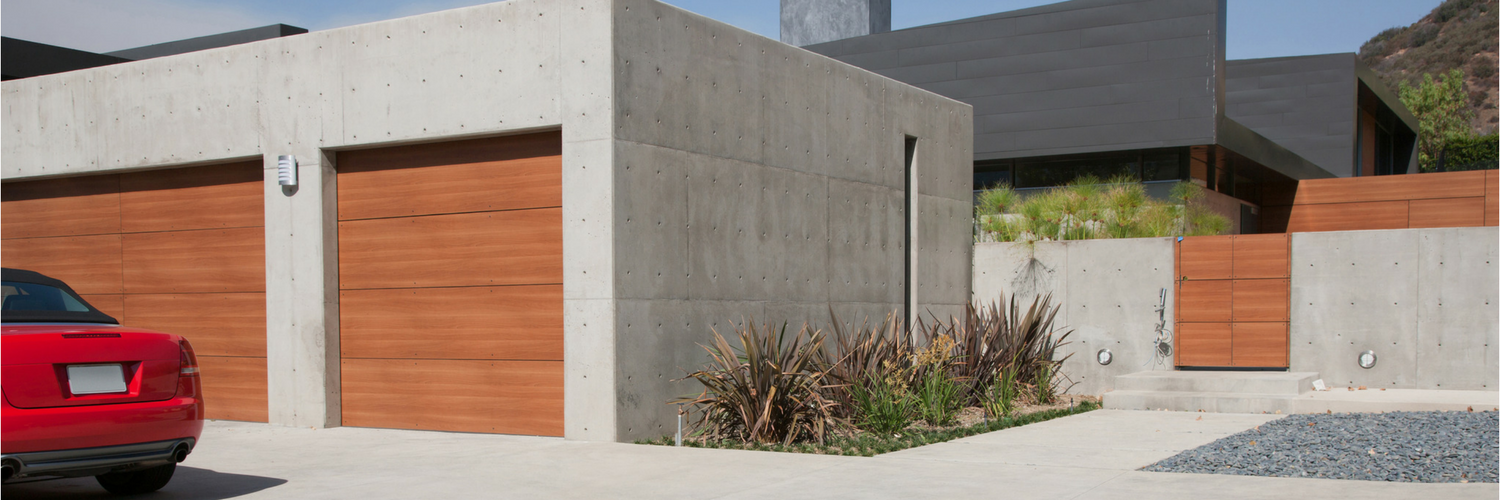

As a homeowner, security and privacy can be an important priority. Learn about how to secure your home without always keeping a watchful eye.
Guest post by Eric Murrell
It’s never been easier to secure your home, thanks to an abundance of new gadgets on the market. Setups that once required professional installation and thousands of dollars in highly technical equipment are now easy to put together with off-the-shelf products and a few inexpensive apps. It’s a great time to be a consumer, and frankly, a bad time to be a criminal.
All of these new gadgets and services are great, but what if you’re worried about your privacy? Hacks and security breaches in the news—or simply the fear of loss of privacy between family members—have made some people uncomfortable with a camera-based security system inside their home. Thankfully, you can still make high-tech upgrades to your home to keep you safe without always keeping a watchful eye.
The first option to consider is a modern twist on a classic home security setup: motion sensors. Whether it’s a motion-sensitive light on your front porch or a few sensors placed around the home, motion-activated lights and alarms can be a surprisingly effective deterrent to the average thief.

Using today’s smart home technology, it’s easier than ever to add battery-operated sensors to strategic spots around your home. Both inexpensive and easy-to-install, these new sensors can trip lights and alarms like the old ones, but can also pair with a smart home hub to send instant alerts to your smartphone the moment an intruder is detected. Take a close look at your new thermostat or other smart devices; many include motion sensors that are already built-in.
To add an additional layer of security, purchase smart door and window sensors that serve as a first line of defense from the outside world. Like the motion sensors, inexpensive models are available that integrate with most smart home platforms. It’s simple to configure open and closed alerts, but you might find it even more helpful as a passive form of home security. Worried that you forgot to close the garage door after letting the dog out? By taking a quick glance at an app while you work, you can know for sure.
Even if you rule out in-home smart cameras, do consider having smart cameras outside your home so you can see if packages are delivered and if there are any trespassers in your yard. The most well-regarded systems now include location-based privacy features that use your smartphone to automatically adjust their settings, offering an unprecedented combination of privacy and security. Using the GPS signal from your phone, it’s easy to activate your full security network when you leave the house, and have the cameras automatically turn a blind eye the second you pull in the garage.
Security is personal for every family. Explore your device options, and even ask your internet service provider if they offer a home security solution, as bundling services often results in additional savings. Likewise, your ISP may offer the ability to control all of your existing home security gadgets from a centralized app. Whether you install array of sneaky sensors or smart locks, there are a wealth of connected home devices that can help keep your family safe without betraying their privacy. A good night’s sleep is only an app away.
Source: Coldwell Banker Blue Matter Blog
Not Getting the Media Coverage You Want? 3 Tips on Getting Free Publicity in the News
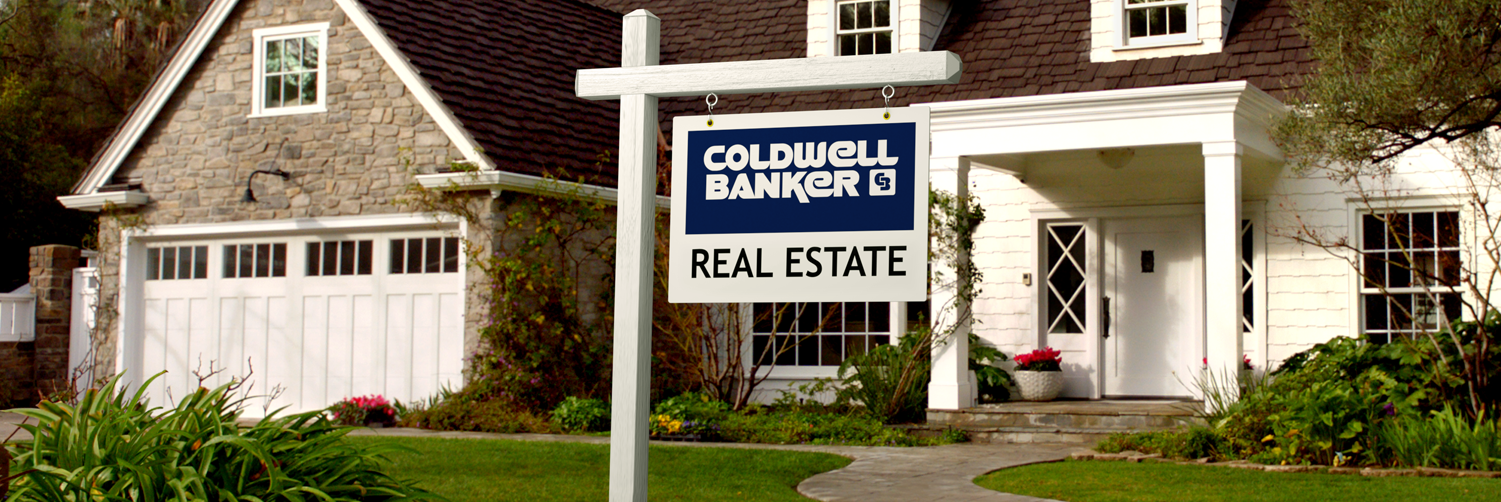

If you were at a cocktail party, standing with a group of people, what is the one thing about your company that is going to make everyone want to know more?
<– Go back to the Real Advantages home page
Public relations was a hot topic at the recent Inman Connect San Francisco. And it’s no surprise why: PR can be a powerful promotional tool for a business to gain free exposure in their local news. Yet often real estate companies are not using PR in their marketing mix, give up after a few unsuccessful attempts of not getting coverage or confusing PR with advertising.
PR is earned media – not paid media. The core difference is that advertising is pay for play, where you are in control. If you can afford to pay for the placement of an advertisement, you control the message, you control when its distributed, and you control how long it’s out in the marketplace. In PR, the control is in the hands of the media. The reporter and media outlet control if and when it will run, how that story will be written or edited, and who else will participate in it. In PR you have to “earn” your way in by “pitching” media on an idea and convincing them why a particular story is worthy of coverage and why you should be interviewed for that story.
Coldwell Banker can help you navigate through the complexities of PR. Here are 3 tricks of the trade for generating media exposure in real estate:
IT’S A 24/7 NEWS WORLD. Take advantage of this by using your MLS data and packaging it up with the monthly National Association of Realtors (NAR) Existing Home Sales report. Around the third week of each month, NAR issues national real estate data. Not only is this information of national interest, but you also can give it local appeal by adding those same data points from your MLS – things like average home price, inventory levels and time on market. When you compare the national numbers to the local numbers, ask yourself: Is your average sales price up or down compared to the nation? Are your days on market longer or shorter? These comparisons are a great way to “localize” the story. There isn’t an easier way to position yourself and your company as the premier source of local real estate information to the media and its readers/viewers.
BREAK THROUGH THE NOISE. Reporters are inundated with story ideas, so make sure your pitch or press release stands out. For example, if you’re opening a new office somewhere in town, don’t write the traditional press release announcing the opening of this office. Why not paint a bigger picture? What’s happening in that area of town? Has there been recent construction for new commercial development? New home developments? Interstate/highway expansion? Population growth in this area? You will have to do a little research, but packaging up your new office opening with a larger story of city/neighborhood growth could increase your chances of actually getting coverage. Yes, the story won’t be exclusively about your new office (let’s be honest that story was never going to run anyway), but now you might get included in the larger story as a source and potentially getting your company mentioned as a part of that growth story.
TELL THE RIGHT STORY OF A HOME. Coldwell Banker Global Luxury represents some of the world’s most stunning homes that generate national media coverage. The key to getting the media’s attention when it comes to covering a luxury or notable listing is getting outside the listing description model for a press release. Is the owner someone notable? Use the first 50 words to tell that story. If the owner isn’t going to generate headlines, then use that headline and opening paragraph to tell the story of the uniqueness of the property. Does it have smart home or green features? Can you look out a window to see something no one else in town gets to see? Is there some historic element to the house waiting to be shared? Bottom line: If you were at a cocktail party and standing with a group of people, what is the one thing about this house that is going to make everyone want to know more? Use that element as your pitch to the media.
Looking for more tips on how to get the most of your real estate PR, visit CB Exchange and search “public relations.”
Source: Coldwell Banker Blue Matter Blog

 Facebook
Facebook
 X
X
 Pinterest
Pinterest
 Copy Link
Copy Link

